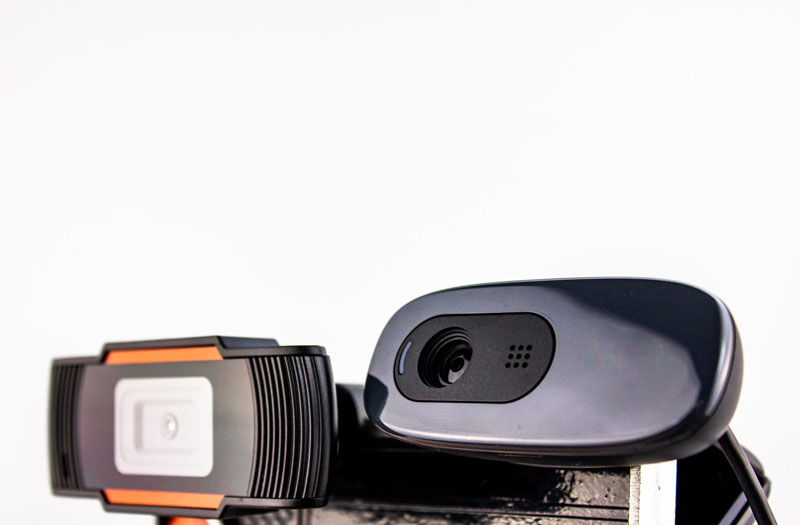Smartphone makers pay a lot of attention to how many megapixels a phone has. It is one of the things that smartphone labels talk about the most. You’ll see them written in big letters. They might say 12MP, 48MP, 50MP, or even 200MP. Some people find it hard to decide how many megapixels are enough. So, how many megapixels does your phone have, and how much do you need? Manufacturers use megapixel count as a smart way to market their products.
The Megapixel Myth Debunked
Smartphone companies’ marketing campaigns have given people a very simple idea of megapixels. They have made it seem like megapixels are the only thing that affects how good your photos can be. The Samsung Galaxy S21 and S22 Ultra have 108-megapixel sensors, for example.
Samsung is very proud of its 108-megapixel sensors and how much better they make their smartphone cameras than those of competitors with fewer megapixels. You might think that it must be better if your camera has more megapixels.
But this line of thinking falls apart when you look at phones like the iPhone 13 Pro Max from Apple and the Pixel 5 from Google. The main camera on the iPhone 13 Pro Max is just 12MP. A 12MP sensor can’t compete with a 108MP sensor. The iPhone 13 Pro Max has the best camera of any smartphone on the market.
It has better camera performance in several ways than the Galaxy S20 Ultra and Galaxy S21 Ultra. In the same way, the Pixel 5 Pro’s main camera is only 16MP, but that doesn’t necessarily make it worse than a device like the Samsung Galaxy A52, which has a 48MP sensor.
What Is a Megapixel?
To understand megapixels, you need to know about their smaller unit, called a pixel. Pixels are small blocks on the surface of your camera’s image sensor that can pick up light. Or, you can think of them as small building blocks used to make an image. One million of these tiny squares make up one megapixel. So when you say “1MP,” you mean “1 million pixels.” Also, 12MP means that there are 12 million pixels.
How Megapixels Influence Camera Quality
In photography, light is very important; it’s a must-have. Pixels are very important because they pick up the light on the surface of a camera’s sensor. Most of the time, the more light a pixel can capture, the bigger it is. The less light your pixels catch, the more likely your images will look better.
On the other hand, the smaller the pixel size, the less light it can capture, which could lead to images that aren’t as good. But it’s not all black and white. There are some shades of grey, but that’s how things work at their core. For clarity, the size of a pixel is not the same as the number of megapixels. They are not the same thing.
The size of the tiny dots on the surface of your camera’s sensor is the pixel size. A megapixel is the number of these tiny dots on the sensor in millions. But how does pixel size even matter? How does it connect to the number of megapixels? Now, think of the two images below as the sensor of your camera and each of the grey boxes as a pixel.
The grey boxes, or pixels, are bigger in this first picture. Because the pixels are larger, only a few can fit in the image (camera sensor). Even though the size of the image (the size of the sensor) is the same for this second image, more pixels can fit because the pixels are smaller.
If the size of the sensor stays the same, smaller pixels can fit, but fewer bigger pixels can. Remember that most of the time, bigger pixels are better because they can catch more light. So, when making a camera, the makers might have to decide whether to use 12 million big pixels for a 12MP camera or 108 million small pixels for a 108MP camera sensor.
But this doesn’t mean that fewer megapixels are always better. Yes, it is sometimes, but it depends on many things, such as the size of the sensor. Simply put, the sensor size is the size of the part of the camera that the tiny pixels sit on.
The image sensor is the part of a camera that turns the light that gets into the camera into an image. How you think about the megapixel count changes depending on the size of the sensor. Suppose you have a 2MP camera. A large sensor could easily hold 2 million large pixels without reducing size.
But a different 2MP camera with a smaller sensor would need to use smaller pixels to fit all 2 million pixels. In a nutshell, the size of your picture sensor defines how many pixels can fit on its surface and how big those pixels can be.
Putting more megapixels on the sensor might not be a good idea if the sensor is small. On the other hand, if you have a bigger sensor, you can add more pixels if you want to. Because of this, Samsung’s Galaxy S22 Ultra, which has 108MP cameras, has very large sensors.
How Many Megapixels Should I Have?
It might be easy to think that having more megapixels doesn’t change much. Well, not all of it. When there are more megapixels, there is more space for a higher-resolution image. This can help when printing pictures or looking at them on big screens. Furthermore, higher megapixels ensure that your photograph contains as much information as possible.
Also, zooming, especially digital zoom, works best with more megapixels. Since digital zoom is cropping, a greater megapixel camera captures sufficient details to ensure that when you crop an image by hand or your camera does it for you by digitally zooming in, the image doesn’t get pixelated.
This could be very helpful for smartphones that use digital zoom instead of optical zoom to zoom in and out. So, the more megapixels a camera has, the more details it might be able to take. But it would be best if you didn’t get too excited about the high number of megapixels. A higher megapixel count doesn’t just mean that the pictures are better.
More megapixels are an option if:
- It has to do with a big sensor.
- A great lens is involved. It’s hard to say what makes a good lens, but it’s all about the brand these days. Lenses from brand names like Leica and Zeiss are known for being good.
- There is a need for good software. The software for computational photography from Samsung, Apple, and Google is all very good. With good software, high-megapixel cameras can be used to their fullest potential.
- Uses pixel binning. This technology digitized combines pixels next to each other to make them look like they are bigger.






